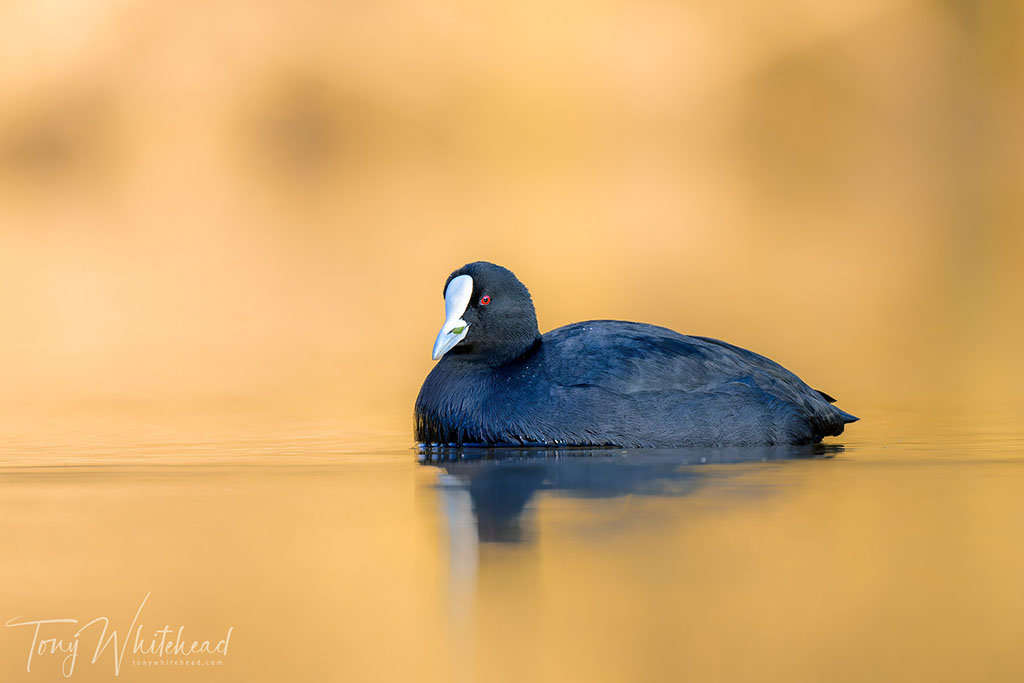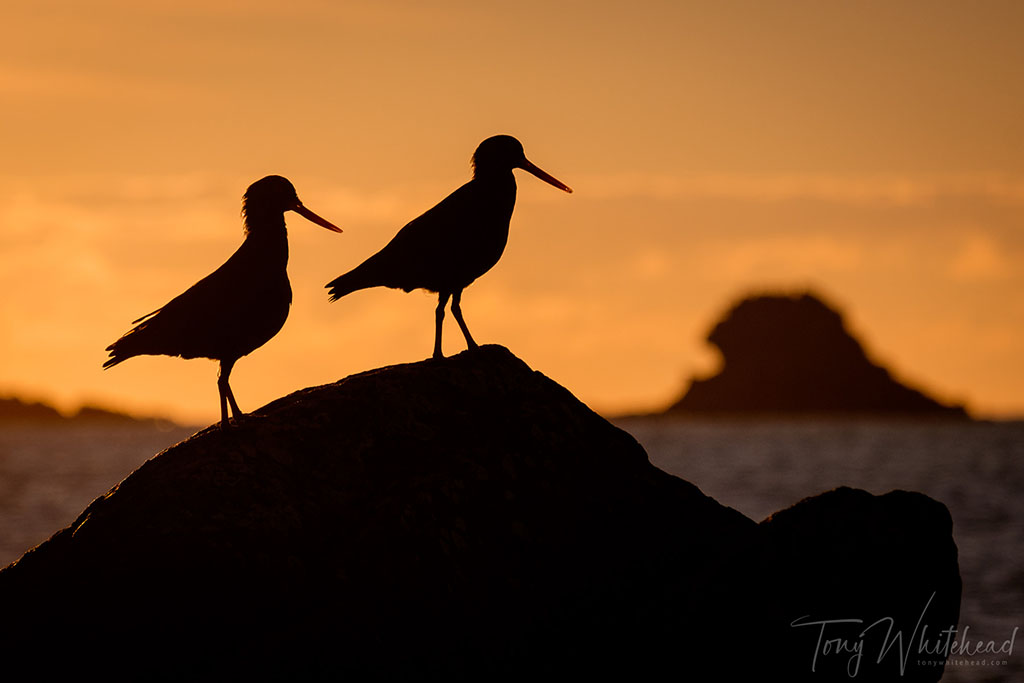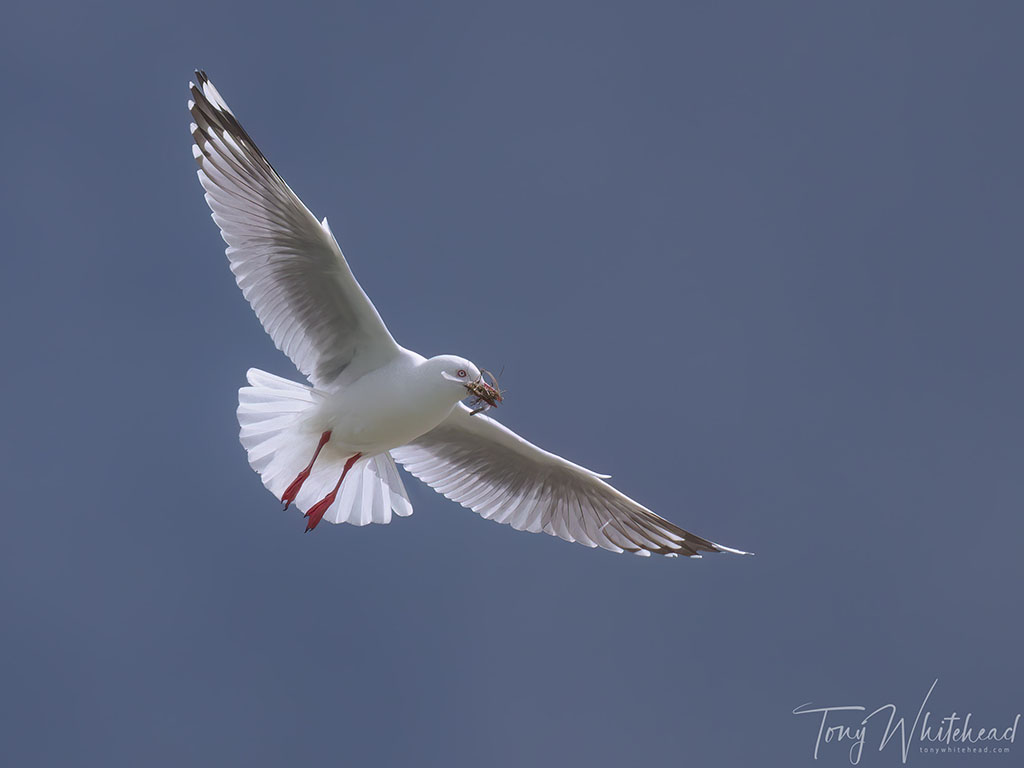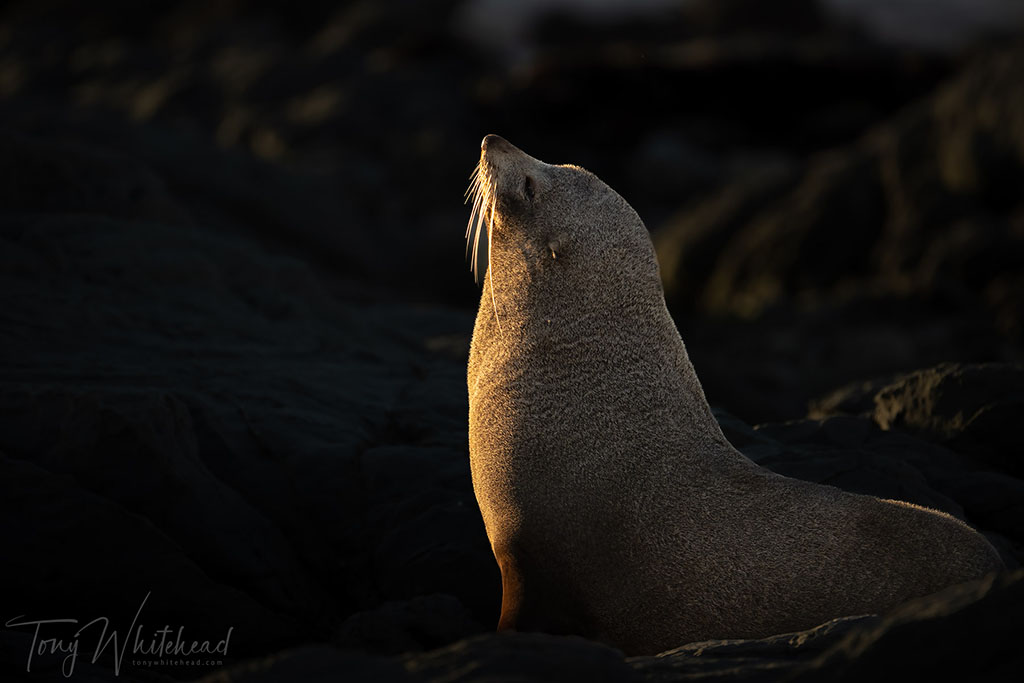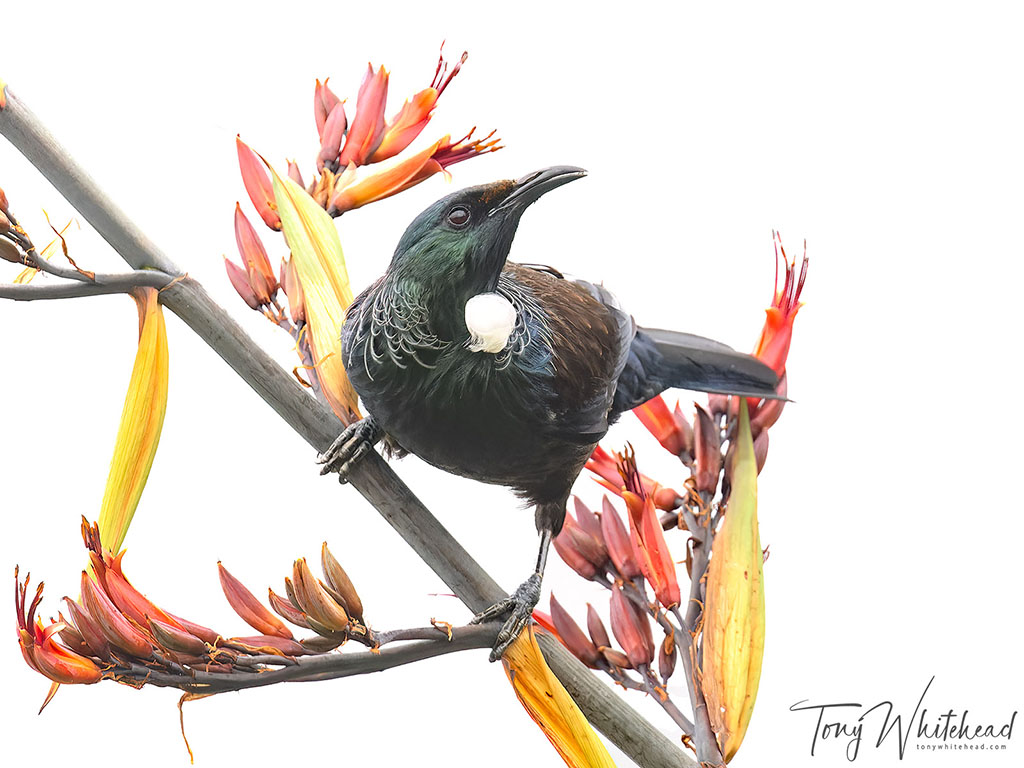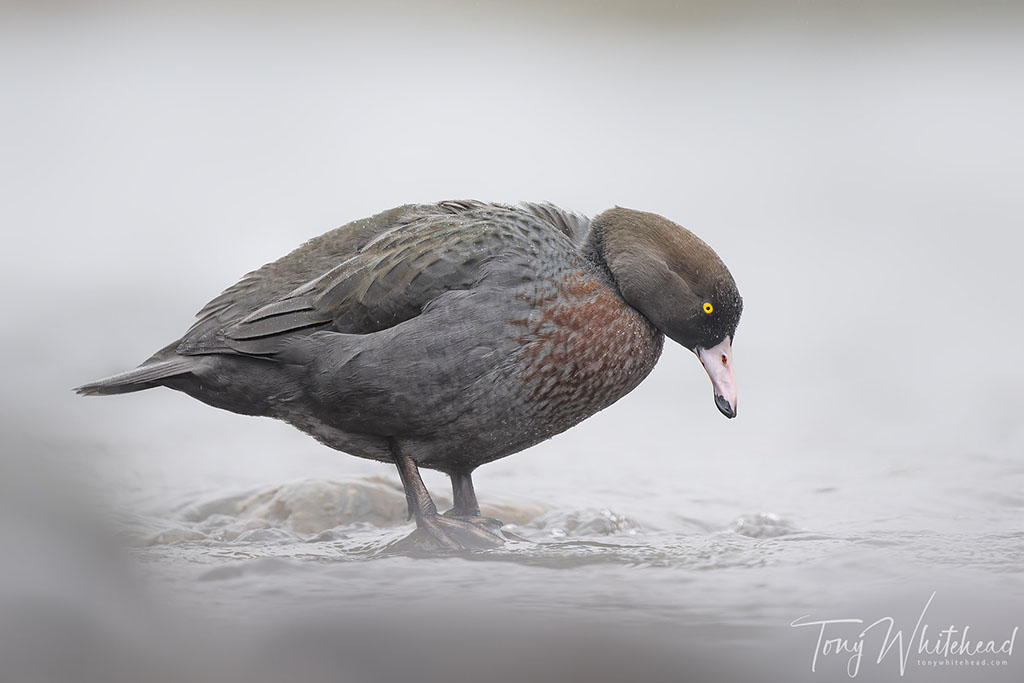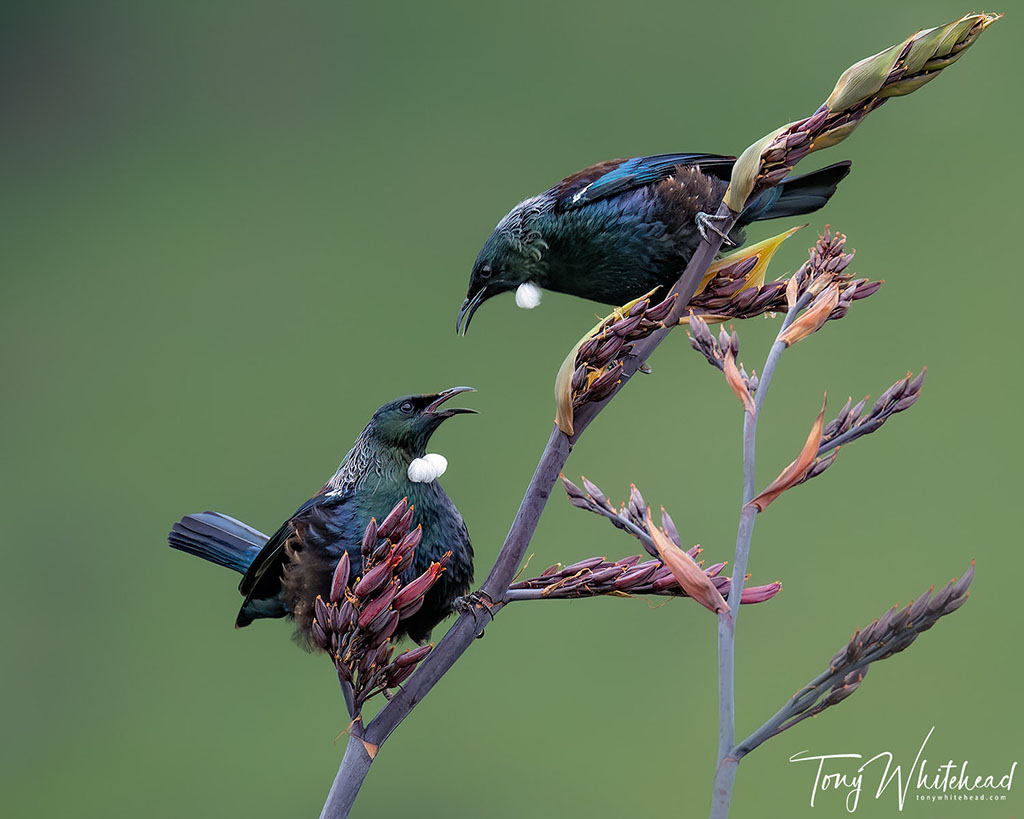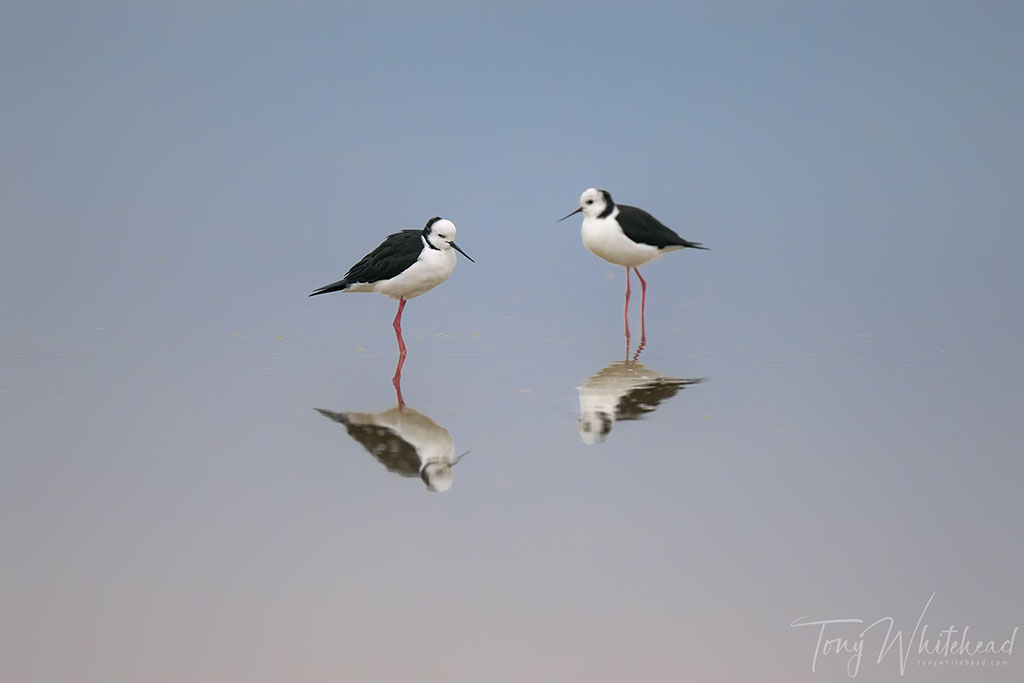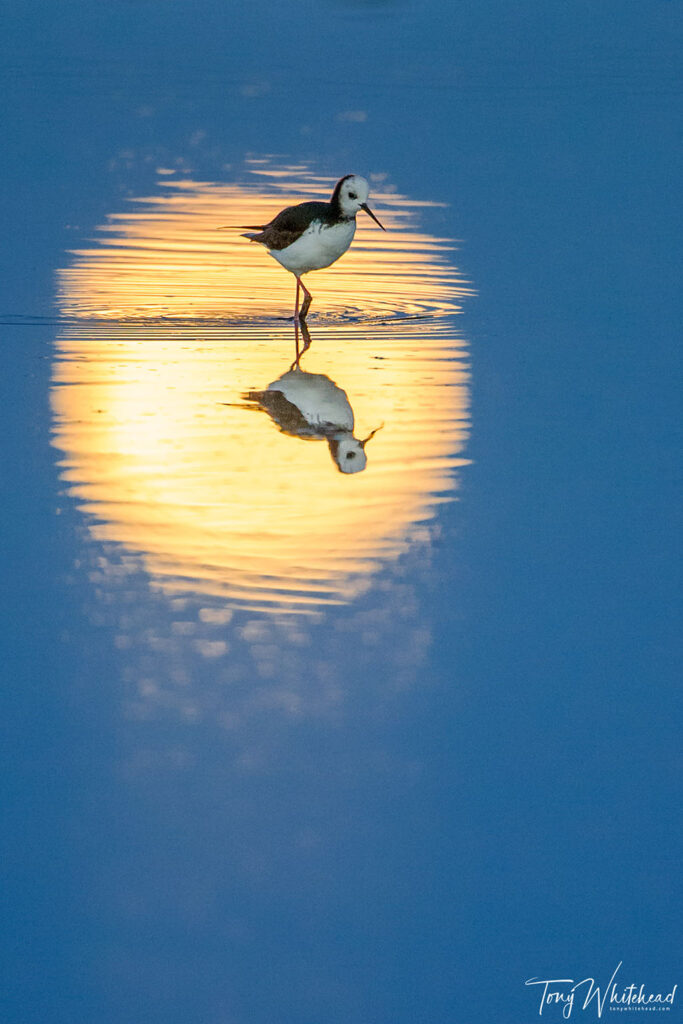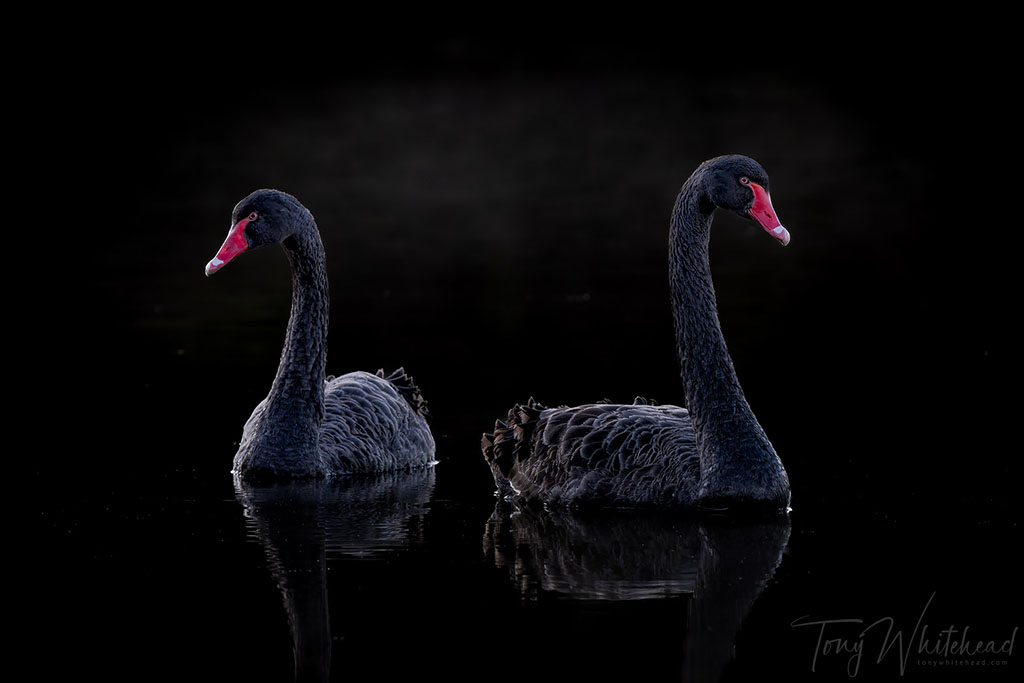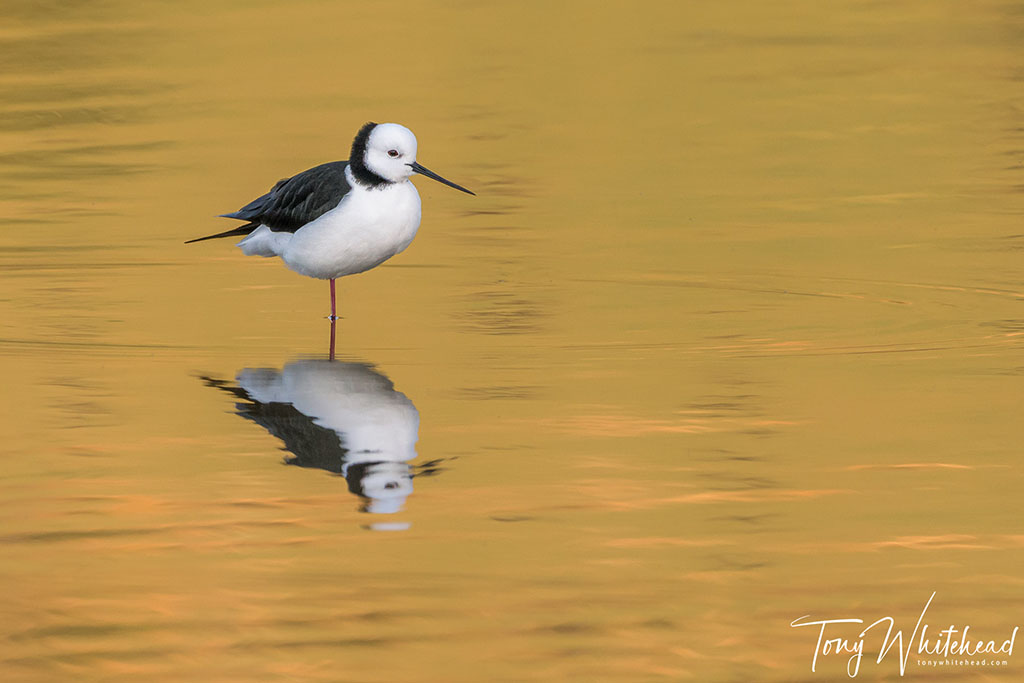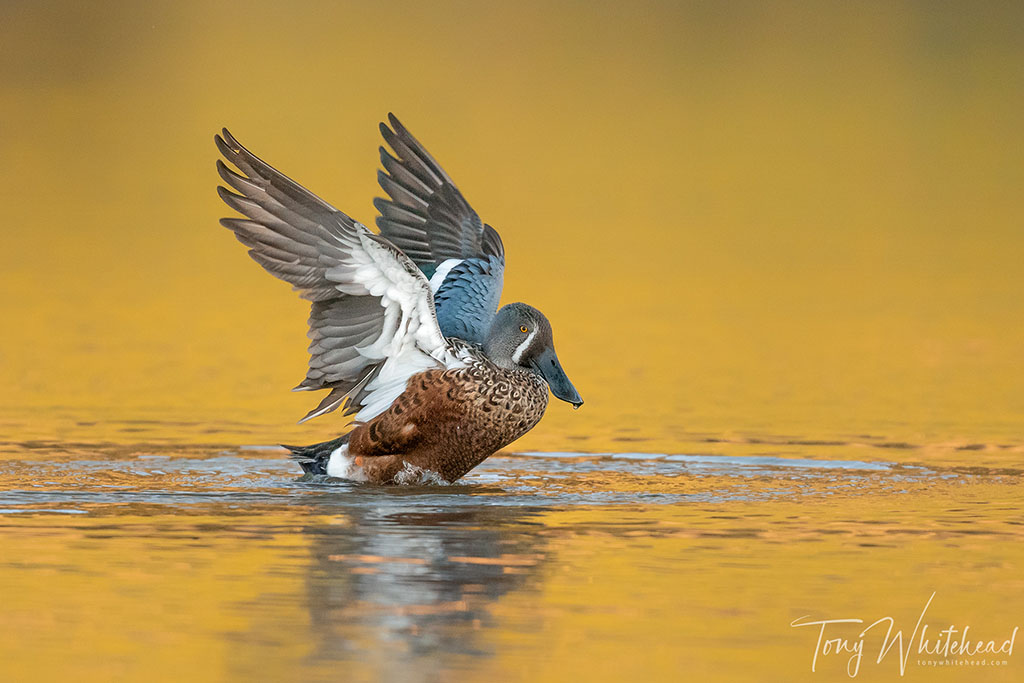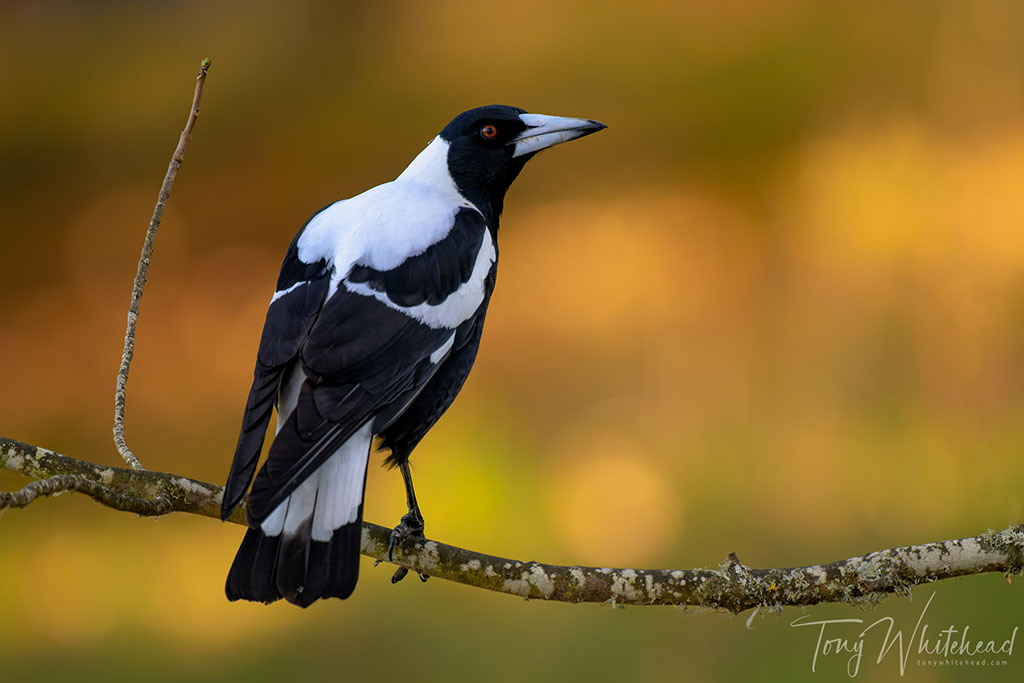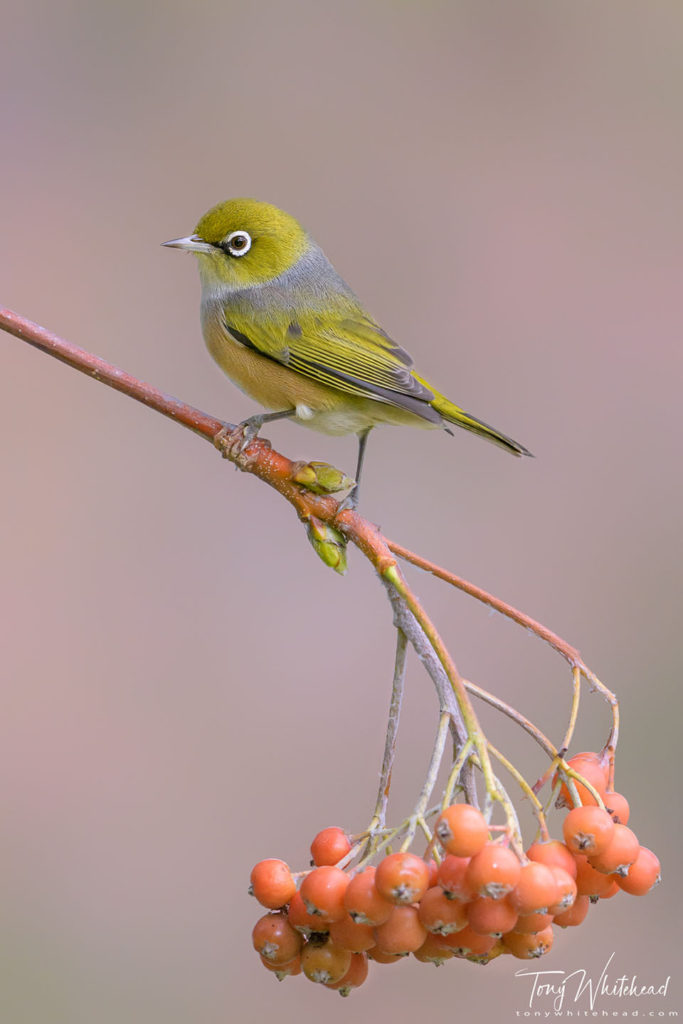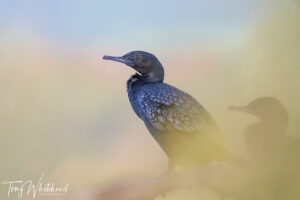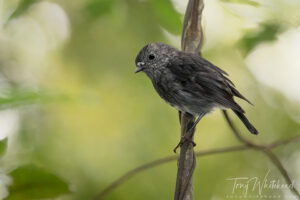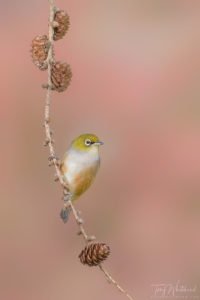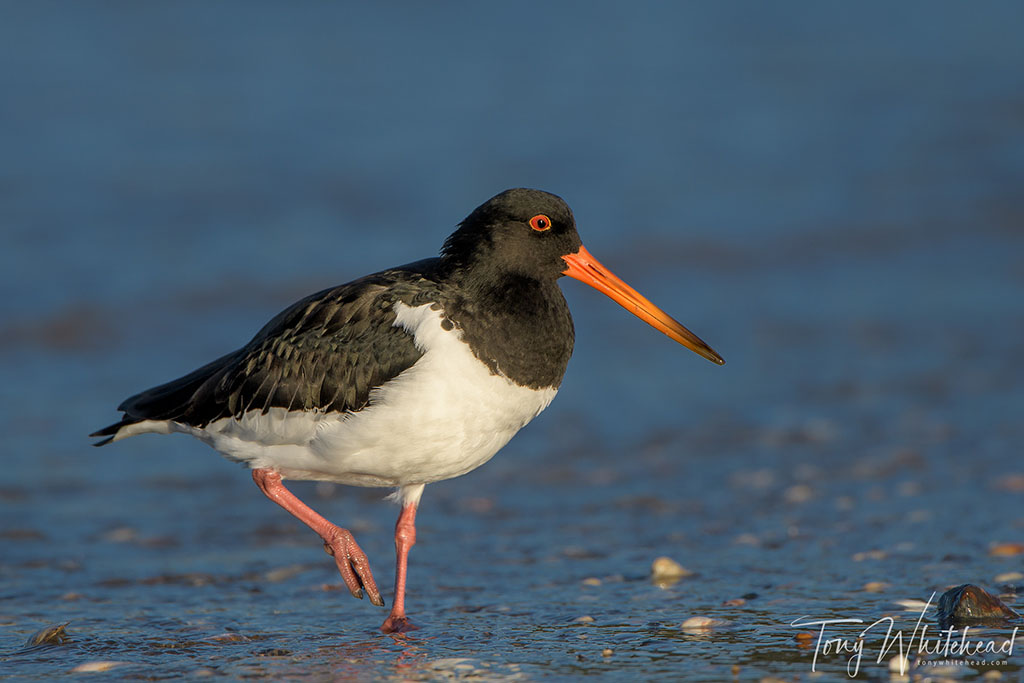
In this post I would like to explore the different types of light we can use for bird/wildlife photography. We are largely in the situation of using the light we find but can choose when we go out and where we position ourselves to control the light on our subjects.
Golden hour light is regularly promoted as the best light for photography. It is generally good light but not always the best and is usually of short duration. Some photographers suggest only going out to shoot when this type of light is available but I find this would severely restrict my opportunities.
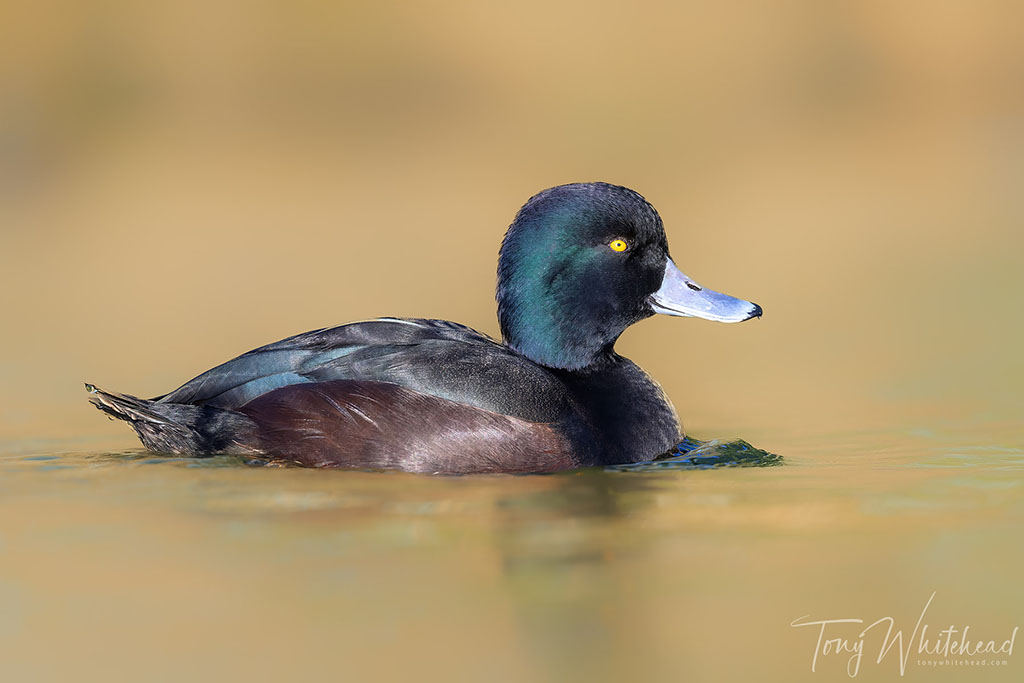
A decision we need to make with low golden light is how to we position ourselves in relation to the subject. Some photographers suggest a rule of thumb like “point your shadow at the bird”. This offers low warm frontal light and minimises contrast. It is a safe option and good starting point that gives good results but can end up being formulaic and risks missing other options. Pointing your shadow at the bird in low light also means that the tip of your shadow approaches the bird far more closely than you do and this can disturb some birds.
Side lighting can accentuate textures and can provide separation from the background. This can bring colour temperature differential into play as well. In the next image the warm low light contrasts with the cool light on the shaded side accentuating the rounded form of the duck.
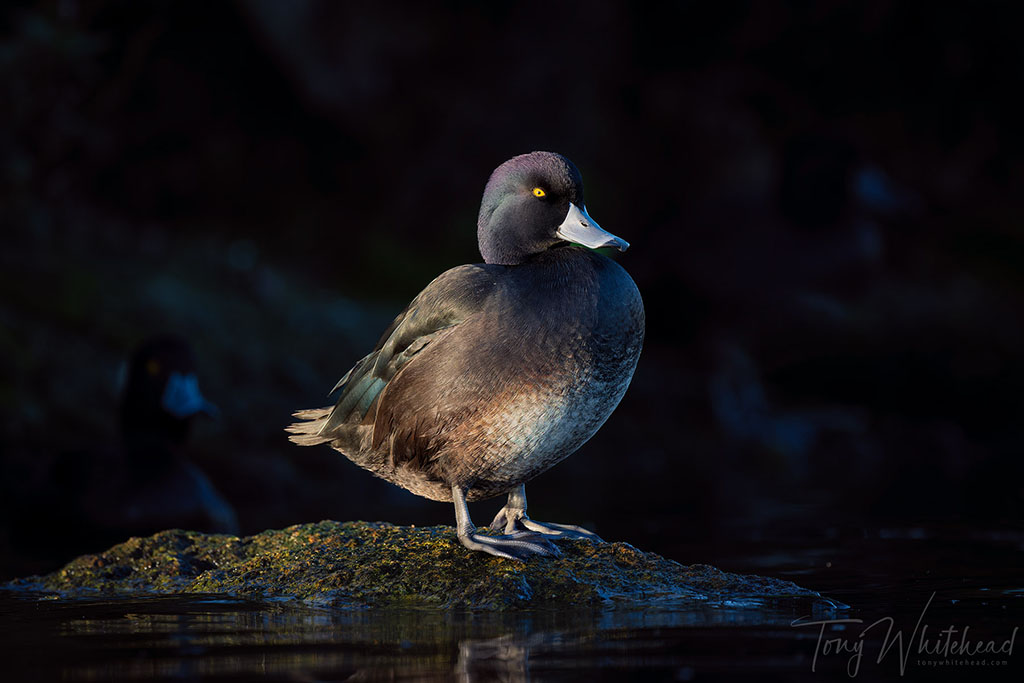
Backlighting can offer graphic silhouettes or accentuate feather textures and structure.
While not a bird, this next image of a Kekeno/NZ Fur Seal also illustrates the way back lighting can reveal form and texture.
I really like soft, diffused light for it’s versatility and in some circumstances it is definitely the best light for an image. High grey clouds acting as soft box in the sky is perfect for my Birds on White.
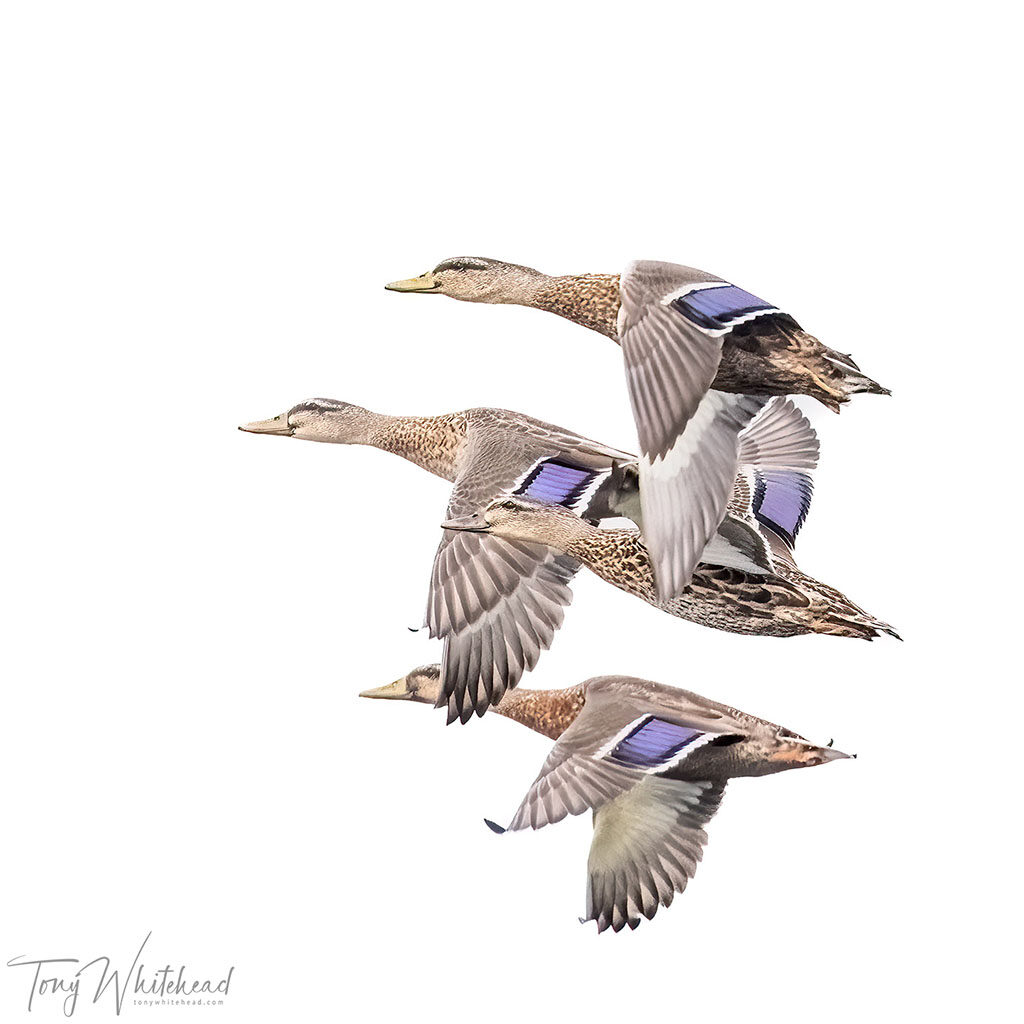
The low contrast wrapping light works well with many subjects. A drawback to this type of lighting can be that the light intensity can be low. The thicker the cloud the less light we have to work with. This can require higher ISO values but this is less of an issue than it has been in the past and I am comfortable boosting ISO if I need. These posts detail my approach to high ISO with the Nikon Z9 and D500.
Diffused light also shows off the iridescence of plumage beautifully.
The other opportunity for this type of light is during Blue Hour. After the sun has set on a clear day the fading blue of the sky gives low intensity soft light which can look lovely despite needing high ISO. This image of a pair of Poaka/Pied Stilt was taken after the sun had set behind me and the Belt of Venus was rising behind the birds and reflecting in the water.
Blue hour before sunrise yielded this next image with the reflection of a full moon showing as it retreated before the sunrise.
Blue Hour photography can continue for as long as you’re happy to push ISO up and can yield some lovely low key images in the near darkness.
This brings me to my absolute favourite light, especially for water birds. Golden light on the background and soft diffuse light on the subject. This isn’t common but if you are aware of it, opportunities can be found. It can occur at either end of the day, just before or just after Golden light time. The warm light on the background reflects on the smooth water and the soft wrapping light shows the bird beautifully. I explored this light in this post.
This type of light works especially well with calm water in the frame but is not limited to that scenario.
That largely covers the natural light options but is there a role for adding light to the scene? I have used external (on camera and off camera) flash in conjunction with Better Beamer fresnel flash extenders in the past but now largely given up on this. In the past limited dynamic range of sensors made flash a useful tool for filling shadows and reducing contrast but modern sensors with their improved performance have made this much less of an issue. I now find that the hassle of flash more bother than it is worth as the RAW files can tolerate more adjustment in processing to achieve the same results. AI masking tools in editing programs make these adjustments much quicker to apply than in the days of manually painted adjustment brushes and masks.
During COVID lockdown I experimented with flash at a set-up in my garden using multiple flashes. This was an interesting exercise to balance mixed light but doesn’t fit into my routine, especially when travelling. Follow the link to see my results. My favourite image from the whole exercise was taken in nice flat diffused light, so there’s probably a lesson in that.
In summary, many types of light can work for bird photography but we usually have to deal with what we get. We can choose to go out early or late to maximise our chances of warm low light but I am always happy with high cloud for diffuse light. My primary joy is being out and watching the birds and diffuse light is versatile and reliably gives me the flat files I prefer as a starting point for processing.
